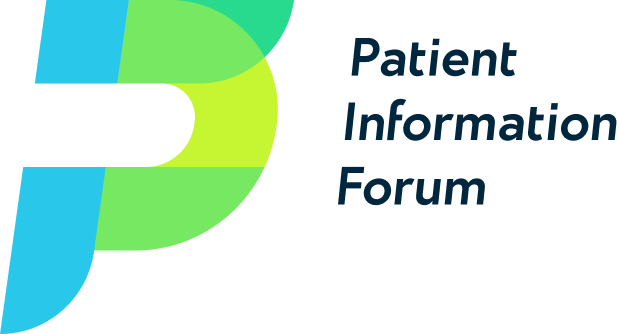
Plain Language for Public Health guide; Patient preferences for digital health consent; COVID-19 hospital stays
Plain Language for Public Health guide published
The Public Health Communications Collaborative has published a new guide to using plain language in public health communications.
While the collaborative is based in America, the guide includes lots of useful tips on preparing communications, user testing and review.
It also includes a series of questions to ask to help you identify your target audience.
Access the guide via the collaborative website here.
PIF members can also access our own guide to writing in plain language here.
Study: Patient preferences for consent in the digital health context
A new literature review aims to understand current research into patient perspectives on digital health consent.
Of the 75 studies, 68 (91%) found participants were willing to provide consent.
However, their consent behaviours and preferences were context-dependent.
Common patient consent requirements included clear and digestible information detailing who can access their personal health information, how it will be used and how privacy will be ensured.
Read the study findings in full here via the JMIR website.
How long do COVID-19 patients spend in hospital?
In this Nuffield Trust analysis, Cyril Lobont and Eilís Keeble explore the length of hospital stay for COVID-19 patients between March 2020 and October 2022.
They found, compared to 2020, the median length of stay for the period between January 2021 and October 2022 only decreased by one day – from seven to six days.
The mean number of monthly discharges has gone up, from 24,400 to 33,000.
Read the analysis in full via the Nuffield Trust website here.
Study: A patient portal to enhance familial communication about hereditary cancer
A new study outlines the development and early evaluation of a patient portal to improve familial communication for patients undergoing hereditary cancer syndromes genetic testing.
The patient portal included four key components:
- Targeted educational information about hereditary cancer, hereditary breast and ovarian cancer syndrome associated risks and the testing process
- An FAQ page informed by qualitative interviews and feedback from a patient partner and healthcare professional
- Guidance to support familial communication, including a video developed with a patient partner describing their lived experience
- A series of lay summaries of genetic test findings to support information transfer among family members
Read more about the portal and the early evaluation via the Wiley Online Library here.
Information guide for nurses and midwives
NHS Knowledge and Library Services has produced a quick reference guide for nurses and midwives on finding information and evidence.
The two-page resource highlights the NHS Knowledge and Library Hub, tools like BMJ Best Practice and information on the need to improve health and digital literacy.
Access the resource via the NHS Knowledge and Library Services website here.
Study: Frontline workers on TikTok during COVID-19
A new study examines the content of more than 2,100 TikTok videos posted by healthcare workers.
It identified six main themes including countering misinformation and education content.
The study aims to provide insights into how social media – TikTok in particular – can be used as a tool for disseminating knowledge and combatting misinformation by using the credibility of frontline workers.
Read the full findings here via the Sage Journals website.
Meeting diverse communication needs in primary care services
National Voices is asking for examples of primary care services working positively and proactively to meet people's communications needs.
It says people often still struggle to have their communication needs met within primary care.
This includes those with disabilities, people without fluent English, people with low literacy, those who are digitally excluded and people experiencing homelessness.
National Voices hopes to collect examples of good practice to disseminate key learnings.
Find out more and respond via SurveyMonkey here.
10 steps to tackle ethnic inequalities in waiting lists
The NHS Race and Health Observatory has published an infographic highlighting the 10 steps hospitals can take to tackle ethnic inequalities in waiting lists.
The steps include involving patients, the public and community groups, and forming meaningful partnerships with other healthcare organisations.
View the full infographic via the Race and Health Observatory website here.
Am I Invisible? A co-produced project of learnings from the COVID-19 pandemic
The Social Care Institute for Excellence (SCIE) has been working with a co-production group of people with learning disabilities and autism.
The aim was to explore their experiences during the COVID-19 pandemic and to draw out lessons for social care professionals, care providers and commissioners.
The group has now produced an easy-read publication and video with their suggestions for how staff at all levels can support people better and be more accountable.
View the publication and video via the SCIE website here.
New resources added to homelessness hub
Groundswell has added 15 new resources to its hub of healthcare resources for people experiencing homelessness.
The new resources are all available to view online, to download and in print-friendly versions.
View the full resources hub via the Groundswell website here.
Event: How the right tech can make the NHS accessible to all
AbilityNet is hosting a free webinar discussing how boosting digital skills will help both NHS patients and staff.
Kush Kanodia, disability rights campaigner and AbilityNet trustee, will be joined by guest speakers from NHS Wales and SignHealth.
